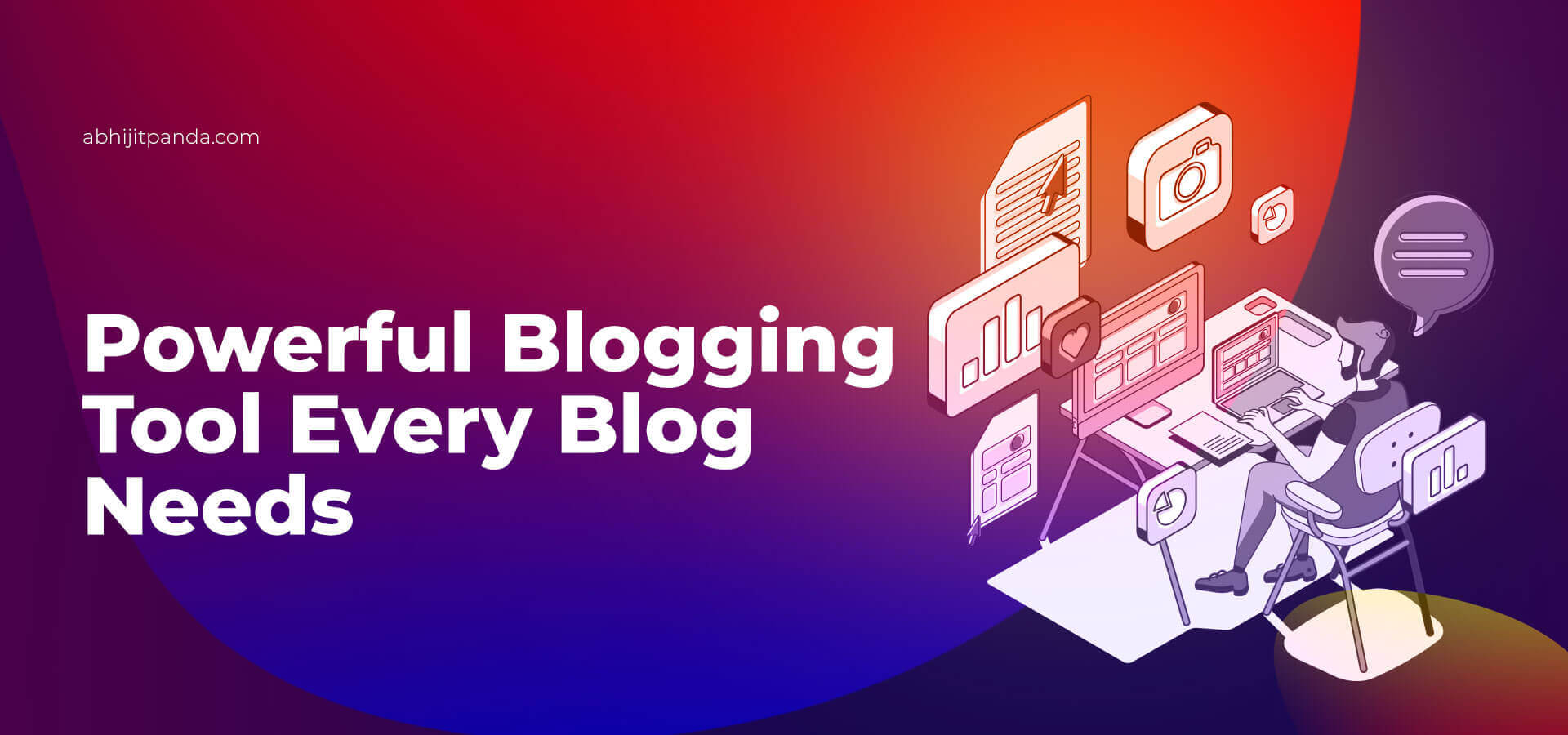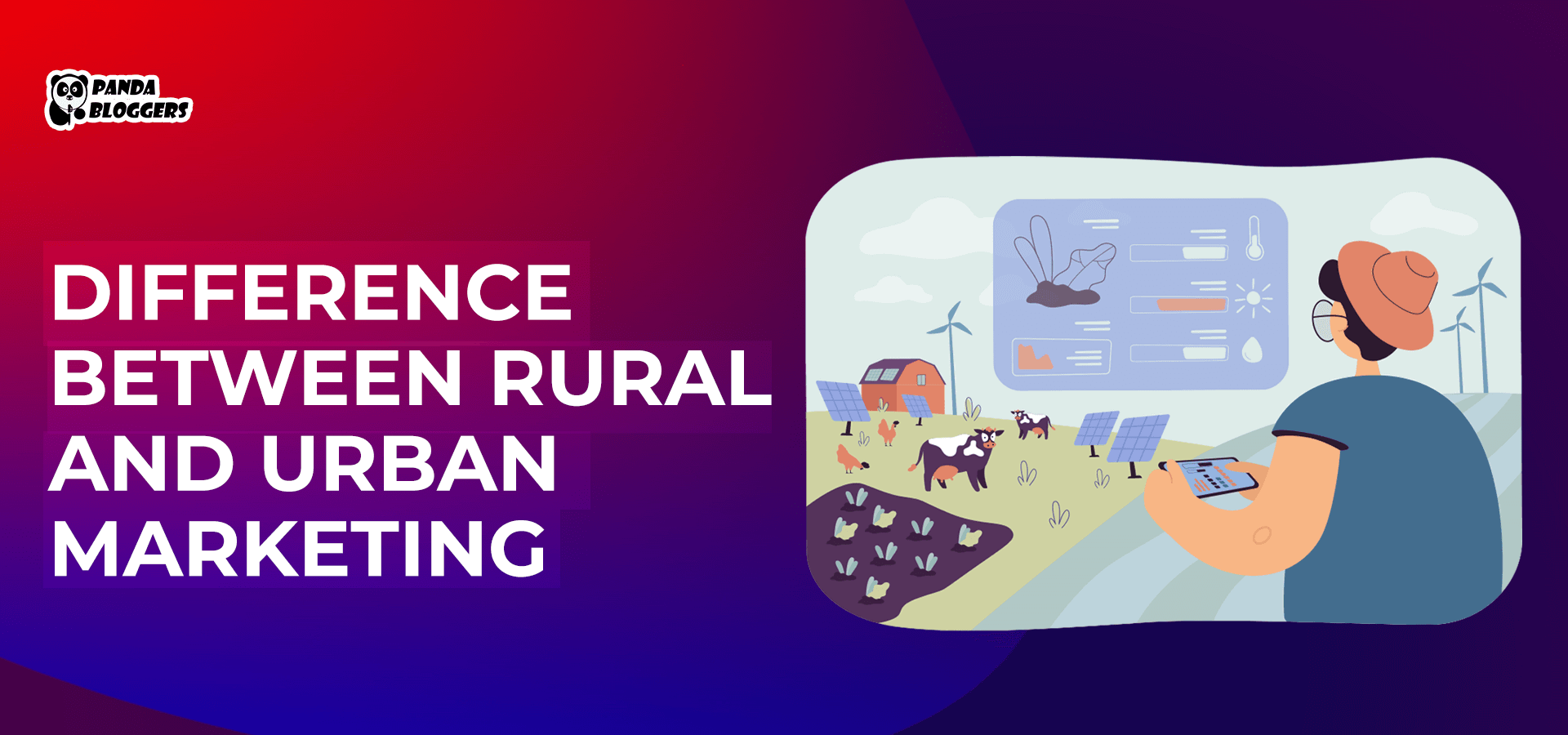 Best Website Monetization Platforms
Best Website Monetization Platforms
In today’s digital landscape, creators have access to a wide range of website monetization platforms and content monetization platforms that help turn their passion into profit. Whether you run a blog, produce videos, or create exclusive content, choosing the right platform is essential for maximizing your revenue potential. While website monetization platforms typically focus on ad networks, affiliate marketing, and eCommerce integration, content monetization platforms empower creators to directly earn from their content through subscriptions, paywalls, and memberships.
What Are Website Monetization Platforms?
The website monetization platforms create opportunities for you to make money by selling inventory like ad space without putting in extra time and effort. They provide you with options to monitor ad performance and track ad revenue. They allow you to choose from many ad formats, pricing structures, and payment options according to the nature of your website.
However, website monetization platforms differ from each other in many aspects. Also, each website monetization tool has its pros and cons. We are making it easier for you to generate more revenue by comparing some of the widely used website monetization platforms.
Key Features of an Effective Website Monetization Platform
When evaluating a website monetization platform, consider these essential features:
Multiple Ad Formats: Support for display, native, video, and contextual ads to suit different content types.
Seamless Integration: Compatibility with various content management systems (e.g., WordPress, Joomla) and ease of integration with existing site infrastructure.
Advanced Analytics: Robust reporting tools that help you track performance, measure revenue, and understand audience behavior.
Automated Optimization: AI-driven ad testing and layout optimization to boost click-through rates and overall revenue.
Flexible Payment Options: Clear payout structures with low payment thresholds and support for multiple currencies.
Customization: Options to tailor the platform to match your brand’s design and user experience, ensuring that monetization doesn’t come at the expense of your site’s aesthetics.
By focusing on these features, you can ensure that your chosen website monetization platform not only increases revenue but also enhances the overall visitor experience.
Some of the Best Website Monetization Platforms
Google AdSense
As the name suggests, this popular ad program is launched by Google. While monetizing their website, many content creators opt for Google AdSense to leverage the largest ad network. Google has kept the setup process simple. You can use this ad program without incurring extra expenses.
But you will receive payment only when your earnings exceed $100. Also, you can make more money only when your website traffic increases consistently. Many bloggers these days implement SEO strategies to drive more traffic to their websites and generate more revenue using Google AdSense.
PropellerAds
PropellerAds is one of the ad networks that helps you generate revenue despite low website traffic. In addition to supporting multiple ad formats, PropellerAds keeps the review process simple. Also, it makes it easier for you to manage and optimize ads by providing a self-service platform.
PropellerAds optimizes ads and increases ad revenue using artificial intelligence (AI). However, you can earn more revenue using this ad network if your website is in English. Also, you must boost the website’s user interface (UI) and user experience (UX) as part of the review process. You can check out the detailed PropellerAds review.
AdThrive
Most content creators want to monetize their blogs using AdThrive as the ad network shares 75% of ad revenue with them. The ad networks support a higher RPM than competitors. However, AdThrive has a low acceptance rate, ranging from 15% to 20%. Its stringent acceptance parameters often make bloggers opt for alternatives to AdThrive.
You should consider this ad network to monetize a website with a minimum monthly page views of 100,000. Also, the ad network is best suited for websites that receive most visitors from specific regions – the USA, UK, CA, NZ, and AU.
You can check out the detailed AdThrive review and the list of AdThrive alternatives.
Infolinks
Infolinks is one of the ad networks that monetize websites using contextually relevant ads. It allows you to choose from various ad formats – search ads, expandable ads, skyscraper ads, and interstitial ads – without affecting your website’s UI and UX. It uses cookie data to display the most relevant ads to every visitor.
Also, it scores higher than other leading ad networks in the approval span category. However, the ads served by Infolinks often appear intrusive when a user accesses your website on mobile devices. Also, you can make more money using this ad network if your website receives most of its traffic from developing countries.
You can check out the detailed Infolinks review here.
Infolinks Review
Media.net
You can choose Media.net to monetize your website using a slew of solutions and services – search, display, mobile, video, and native. The leading ad network creates opportunities for you to increase revenue by publishing contextually targeted ads. It further helps you connect with a large network of advertisers.
But you can leverage Media.net to monetize a website that receives the majority of traffic from the USA, UK, Canada, and similar top-tier countries. Also, Media.net makes payments only in US dollars. Hence, you will receive payments only after the currency conversion process.
BuySellAds
The online advertising platform helps bloggers to monetize their website traffic by selling ad space on their website. You can leverage BuySellAds as an intermediary platform to connect with advertisers directly and sell them ad space. You have the option to approve the ads either manually or automatically.
But you will receive payment from the advertisers through BuySellAds. Many content creators opt for BuySellAds to monetize their small blogs or new blog sites effectively despite low website traffic. You can attract more advertisers and increase revenue only by keeping advertising rates competitive.
Uscreen
Many content creators opt for Uscreen while monetizing their video blogs. The video monetization platform enables you to control audience, branding, and revenue using a unified platform. In addition to including features for administrators, the platform comes with OTT and analytics features.
You also have the option to customize the all-in-one platform according to the precise nature and needs of your website. The features and tools provided by Uscreen are available at affordable prices. However, you must remember that the video monetization platform supports limited payment methods and does not deliver hands-on customer service.
Patreon
Unlike other website monetization platforms, Patreon helps content creators earn revenue by connecting with fans and subscribers. Many bloggers these days prefer Patreon to ad networks to monetize websites by running subscription services. The membership platform provides a business infrastructure to independent content creators.
Also, it facilitates consistent and automated monthly payments. But you have to pay up to 10% of your earnings to the membership platform as fees. Also, you have to sacrifice 100% control of the digital content while complying with the guidelines set by Patreon.
Ezoic
Ezoic is an AI-driven monetization platform designed to optimize ad placement for increased revenue. Its smart algorithms improve user experience while maximizing earnings. Ezoic leverages AI-based ad testing and layout optimization to increase click-through rates and revenue. By integrating with Google AdSense, Ezoic enhances monetization efforts and offers features like site speed improvements and SEO tools. This platform is ideal for websites seeking data-driven ad optimization for better income.
You can check out the detailed Ezoic review.
Mediavine
Mediavine is a premium ad network focused on lifestyle, food, travel, and entertainment blogs. It offers impressive RPM rates with user-friendly integration. Mediavine’s platform ensures high payout rates while optimizing ad placements to maintain user experience. With a minimum traffic requirement of 50,000 sessions per month, it suits bloggers who consistently generate significant web traffic.
Amazon Associates
Amazon’s affiliate program allows website owners to earn commissions by promoting Amazon products. It is highly effective for websites focused on product reviews and recommendations. Amazon Associates offers a vast product catalog across various niches, allowing content creators to curate relevant products for their audiences. Customizable banners, widgets, and text links further enhance engagement and conversions.
ShareASale
ShareASale is a powerful affiliate marketing network that connects website owners with merchants offering commission-based partnerships. With thousands of merchants across various industries, ShareASale allows publishers to collaborate with brands aligned with their niche. The platform’s easy-to-use dashboard simplifies tracking commissions, and its robust reporting features enable performance monitoring to maximize affiliate earnings.
Skimlinks
Skimlinks automates affiliate marketing by turning product links into commission-earning opportunities. It requires minimal manual effort to integrate and offers extensive merchant partnerships for diverse content niches. This platform is ideal for content-driven websites such as blogs, news platforms, and product recommendation websites.
Revcontent
Revcontent is a content discovery platform that enables website owners to earn through native advertising. It specializes in high-quality ads designed to blend seamlessly with website content. Revcontent’s enhanced audience engagement strategy leverages native ads, ensuring improved conversion rates. It also offers strong filtering options to maintain ad quality, resulting in higher payouts for premium publishers.
Taboola
Taboola is a popular content discovery and native advertising platform that recommends related articles, videos, and products to website visitors. By displaying sponsored content in an engaging format, Taboola allows publishers to monetize through curated content recommendations. This platform is ideal for news websites and content-heavy blogs seeking additional revenue streams.
Outbrain
Outbrain is another powerful native advertising platform that connects publishers with advertisers through content discovery. Known for displaying relevant sponsored content at the end of blog posts and articles, Outbrain effectively boosts revenue while maintaining user engagement. Its smart recommendation engine ensures high conversion rates, making it suitable for content-driven websites.
VigLink
VigLink specializes in automated affiliate marketing for e-commerce-related content. By scanning website text for product mentions, VigLink automatically inserts affiliate links to relevant merchants. This platform is perfect for bloggers, product reviewers, and websites that naturally reference brands or services.
CJ Affiliate (Commission Junction)
CJ Affiliate is one of the largest affiliate marketing networks, connecting publishers with well-known brands. Its platform offers a wide range of marketing tools, including deep linking, ad banners, and performance tracking dashboards. CJ Affiliate is suitable for websites that focus on product promotions and lifestyle content.
ClickBank
ClickBank is a digital marketplace that allows content creators to promote and earn commissions on a wide variety of digital products. With thousands of vendors offering ebooks, software, and online courses, ClickBank is a popular choice for bloggers and influencers in digital marketing, fitness, and self-improvement niches.

What Are Content Monetization Platforms?
Content monetization platforms are specialized tools that enable creators to earn revenue directly from their digital content. Unlike traditional website monetization platforms that focus on ads and affiliate links, content-specific platforms offer subscription models, pay-per-view, and paywall access.
For instance:
Patreon allows content creators to offer exclusive content to subscribers.
Ko-fi provides a donation-based model for writers, artists, and creatives.
Substack enables writers to earn through paid newsletters.
Integrating these platforms helps diversify revenue streams beyond conventional ad networks.
Best Content Monetization Platforms for Creators
To complement your existing list of website monetization tools, you can add a new section highlighting popular content monetization platforms. Here are some noteworthy ones:
Patreon
Patreon is one of the most popular content monetization platforms, widely used by creators, artists, podcasters, and writers to generate recurring revenue through memberships. It allows creators to offer exclusive content, early access, and bonus perks to paying subscribers. With customizable membership tiers, creators can offer different benefits at various price points, encouraging higher contributions. Patreon also supports direct donations and integrates with platforms like Discord for member-exclusive communities.
Many successful YouTubers, musicians, and podcasters use Patreon to offer behind-the-scenes content, Q&A sessions, and premium episodes. The platform’s analytics tools help creators track performance and optimize their subscription strategies. For creators seeking consistent monthly income, Patreon is a reliable and scalable platform.
Buy Me a Coffee
Buy Me a Coffee is a simple and effective content monetization platform designed for creators, writers, artists, and developers. It enables users to accept one-time or recurring payments from their audience as a form of support or donation. Unlike traditional subscription platforms, Buy Me a Coffee offers a low-commitment way for followers to support content creators, making it appealing for smaller or niche audiences.
Creators can also sell digital products (like eBooks, PDFs, or exclusive resources) directly through the platform. The simplicity of “buying a coffee” as a gesture of support makes the platform feel accessible and friendly. With zero setup fees and no need for a formal membership structure, Buy Me a Coffee is ideal for creators seeking a flexible and low-barrier monetization model.
Substack
Substack is a leading content monetization platform for writers, journalists, and newsletter creators, allowing them to offer paid subscriptions for their content. The platform provides a seamless interface for publishing newsletters and managing subscriber lists. Writers can offer both free and premium content, attracting a wide readership while converting loyal followers into paying subscribers.
One of Substack’s key features is its easy-to-use monetization model, which lets creators charge monthly or annual fees for exclusive content. It also offers email marketing tools, analytics, and customizable landing pages, making it a comprehensive solution for content creators. Many successful independent journalists and niche content creators have built profitable subscription-based businesses using Substack.
Uscreen
Uscreen is a powerful video content monetization platform, ideal for creators who produce on-demand videos, courses, or live streams. It allows content creators to sell subscriptions, pay-per-view access, and memberships for their video content. With customizable storefronts and branded apps, Uscreen enables creators to build a white-label streaming service without relying on third-party platforms.
The platform supports integrated marketing tools, customer analytics, and payment gateways, helping creators optimize their revenue streams. Fitness trainers, educators, and lifestyle coaches often use Uscreen to offer exclusive video tutorials, workshops, and classes. Its flexibility makes it a popular choice for creators seeking to scale their video content business.
Key Differences Between Website and Content Monetization Platforms
While website monetization platforms and content monetization platforms both aim to generate revenue from digital assets, they differ significantly in their approach, target audience, and monetization models. Website monetization platforms are designed for website owners, bloggers, and eCommerce businesses, helping them earn through ads, affiliate marketing, sponsored posts, and direct sales. These platforms rely heavily on traffic volume and ad impressions to generate income. Popular examples include Google AdSense, Mediavine, and Ezoic, which pay content publishers based on CPM (Cost Per Mille) or CPC (Cost Per Click) models.
In contrast, content monetization platforms focus on direct revenue from content consumers, making them ideal for individual creators, writers, podcasters, and video producers. Instead of relying on ad-based models, these platforms enable creators to charge for access to exclusive content through subscriptions, pay-per-view models, or donations. Platforms like Patreon, Substack, and Uscreen allow content creators to build loyal subscriber bases, offering premium content in exchange for recurring payments.
Another key difference lies in the content format they support. Website monetization platforms cater to blogs, e-commerce sites, and general websites, whereas content monetization platforms are tailored for exclusive digital content, such as videos, newsletters, podcasts, and gated articles. Additionally, content monetization platforms often offer membership tiers, paywalls, and direct audience interaction, fostering a more engaged and loyal community compared to traditional website ad models.
For creators and website owners, understanding the differences between website and content monetization platforms is essential for choosing the right strategy. Website monetization platforms are ideal for those seeking passive income through ads, while content monetization platforms provide a more direct and sustainable revenue stream through exclusive content and memberships.
How to Choose the Right Monetization Platform for Your Content
Choosing between website monetization platforms and content monetization platforms depends on your content type and business goals.
For Content Creators: If you produce articles, videos, or podcasts, opt for content monetization platforms like Patreon or Ko-fi. These platforms let you charge directly for your creative work.
For Website Owners: If you run a blog or eCommerce store, stick with website monetization platforms like Google AdSense or Mediavine, which generate revenue through ad impressions and affiliate sales.
For Mixed Creators: Use both types of platforms strategically. For example, bloggers can monetize through AdSense while offering exclusive content via Substack.
Tips to Maximize Revenue from Content and Website Monetization Platforms
To get the most out of content monetization platforms and website monetization platforms, consider these strategies:
Diversify Your Monetization Methods: Combine ad revenue, affiliate marketing, and exclusive content offers.
Leverage Memberships and Subscriptions: Offer premium content behind a paywall using platforms like Patreon or Substack.
Use Data-Driven Insights: Optimize your pricing models and content strategies by analyzing platform analytics.
Offer Tiered Access: Platforms like Uscreen and Podia let you offer different membership tiers, attracting a wider audience.
Utilize SEO for Visibility: Improve the SEO ranking of your content and website by incorporating long-tail keywords related to content and website monetization.
Future Trends in Website Monetization Platforms
The landscape of website monetization platforms is constantly evolving to meet the demands of an increasingly digital world. Some of the key future trends include:
Enhanced AI Integration: More platforms are expected to utilize machine learning algorithms not only for ad placement and testing but also to offer predictive revenue analytics.
Personalization: Advanced targeting techniques will allow for more personalized ad experiences, reducing intrusiveness while increasing relevance.
Cross-Platform Synergy: With the rise of mobile devices and smart TVs, future platforms will integrate seamlessly across multiple devices, ensuring consistent monetization strategies.
Privacy and Data Compliance: As regulatory environments tighten, platforms will need to innovate while adhering to data privacy standards, ensuring that monetization practices are transparent and secure.
Interactive and Shoppable Ads: The next generation of ad formats may include interactive advertisements and direct shopping integrations, enabling a smoother transition from viewer engagement to purchase.
By staying abreast of these trends, website owners can future-proof their monetization strategies and continue to thrive in a competitive digital marketplace.
2025 Updates & Future Outlook
As we move through 2025, website monetization is rapidly evolving to meet changing user behaviors, privacy regulations, and technology shifts. One of the most prominent trends is the rise of video-first monetization. Platforms like JWP Connatix are using AI-driven targeting and contextual ad placement to help publishers maximize revenue from short-form videos, streaming content, and interactive ads. Subscription-based models are also gaining more traction, with tools like Substack, Patreon, and Medium’s Partner Program enabling creators to build stable, recurring income streams directly from their audience.
Another big shift is the growing adoption of the Web Monetization API, which facilitates seamless micropayments for content without ads, appealing to privacy-conscious users and niche communities. Affiliate marketing tools are becoming smarter as AI-powered platforms like Skimlinks automatically detect relevant linking opportunities within content. With the phase-out of third-party cookies, contextual advertising and first-party data monetization are becoming essential for long-term revenue stability.
Looking ahead, we can expect integrated monetization suites that combine ads, affiliate, subscriptions, and data monetization under a single dashboard, making it easier for creators to diversify their income. Additionally, AI personalization will play a bigger role, allowing monetization tools to deliver hyper-targeted offers without compromising user experience. For publishers and creators in 2025, the key to success will be adaptability—embracing emerging tools, diversifying revenue streams, and keeping audience trust at the center of all monetization strategies.
Conclusion: Which Website Monetization Platform Is Right for You?
Website monetization platforms open the door to turning your website traffic into real income—but not all platforms are created equal. Each comes with its own set of requirements, revenue models, and payout systems.
Before you choose, ask yourself:
What’s your primary monetization goal—ads, affiliates, subscriptions, or something else?
How much traffic do you currently get?
Are you comfortable trading off some user experience for higher revenue?
Take time to weigh the pros and cons of each option carefully.
Pro Tip: Start with one platform, monitor its performance for 30–60 days, and optimize from there. You don’t have to get it perfect right away—just get started.
What about you?
Have you tried any website monetization platforms already?
Drop your experiences or questions in the comments—we’d love to hear what’s working (or not) for you!









Leave a Reply